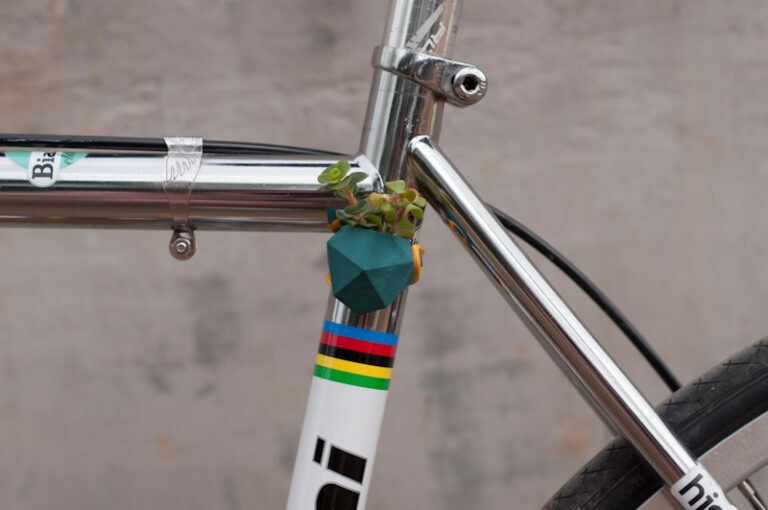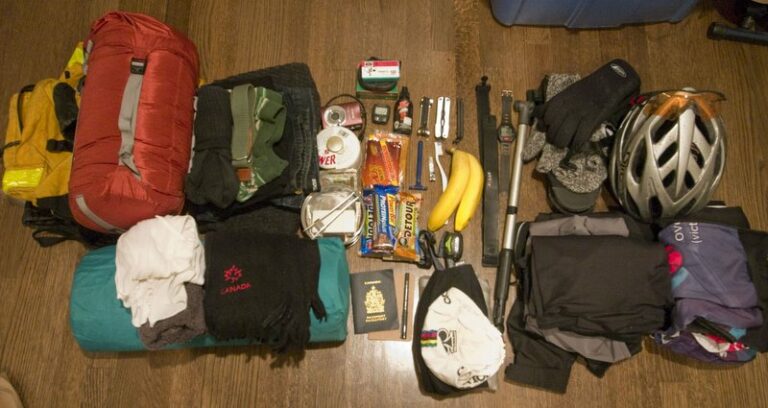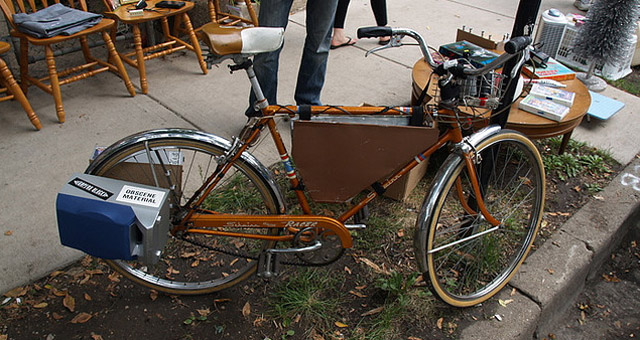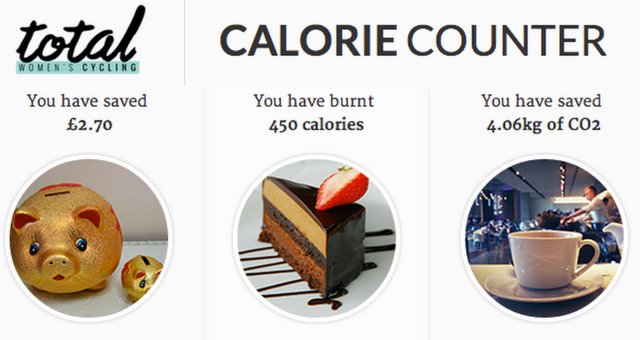Before you get overexcited and start booking time off work, have a think about your kit.
Touring bicycles:
Bicycles for cycle touring need to be strong, sturdy and in good condition. If you’re buying a new steed specifically for the trip, visit a reputable bike shop and take your time, don’t get bamboozled into buying the first one you try, shop around.

If you’re taking your bike along, make sure you take it in for a service if you’re unsure about it. Tell your mechanic that you’re going cycle touring and ask them to replace any worn parts, then stock up on spares and brush up on your own skills – ideally you need to be able to change tubes, fix punctures, adjust your brakes and replace links in your chain.
Carrying your luggage:
Next you’ll need a rack for your bike, to which you’ll attach your panniers; your specially adapted luggage. Most cycle touring bikes will have eyelets to mount a rack; if your bike doesn’t, it is possible to find racks that attach to your axle and brake bosses.

Look for a strong, lightweight rack you can trust; steel ones are often a good bet.
Pannier bags:
When it comes to choosing luggage for your trip, think seriously about how much stuff you really need to take. If you’re staying in B&Bs you can definitely get away with just two rear panniers, but if you’re taking a tent, sleeping mats and the like, you may have to add some front panniers too.

We recommend waterproof panniers with extra easy accessible pockets for stashing items you need regularly, such as sunglasses and snacks. A handlebar bag can be very useful for your money and camera, particularly if it has a waterproof map compartment so you can check where you’re going, and a small saddlebag for your tools can be handy too.
Clothing:
Getting the right pair of padded lycra shorts should be top of your list when you select your clothes. A sore bottom is the most common cause of discomfort when cycle touring. I add a soft, lightweight pair of regular shorts over the top so that I don’t draw attention to myself when I reach civilization. A good base layer is essential, as is a reliable waterproof jacket and sturdy shoes or SPDs.





